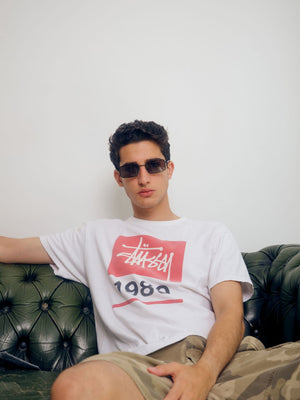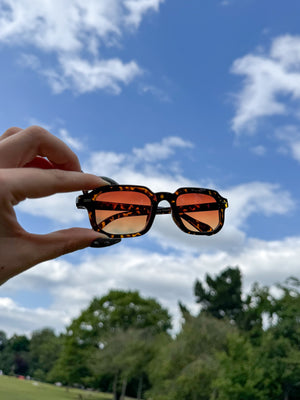F*ck fast fashion, shop secondhand
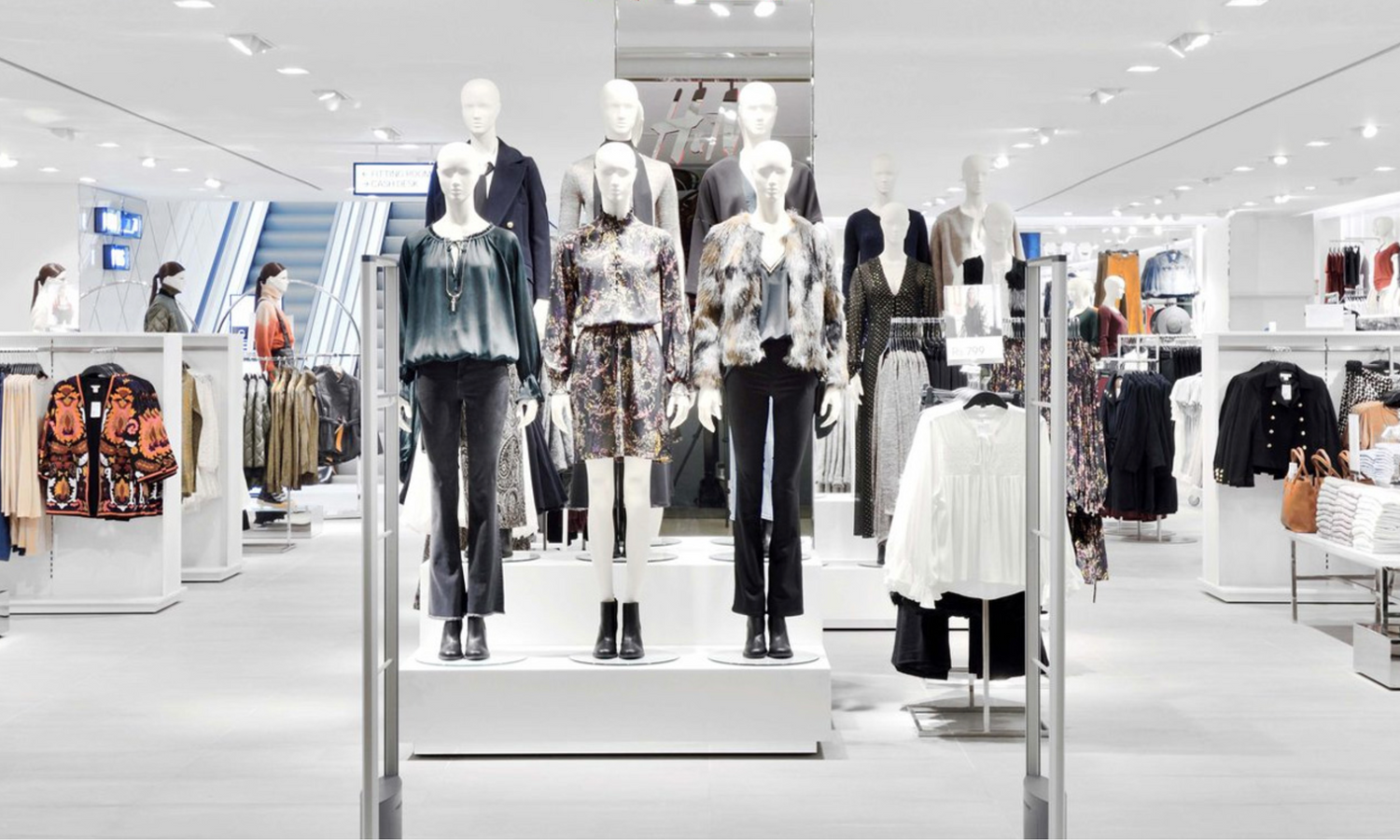
WHAT IS FAST FASHION?
• Fast fashion is ‘fast’ in a number of senses: the changes in fashion are fast, the rate of production is fast; the customer’s decision to purchase is fast; delivery is fast; and garments are worn fast – usually only a few times before being discarded.
• At its heart, the fast fashion business model relies on consumers endlessly buying more clothes. Brands tempt consumers by offering ultra-cheap garments (for example, Missguided’s £1 bikini) and ever-changing new ranges.
- ETHICALCONSUMER, OCTOBER 2021
DID YOU KNOW?
"Clothing sales doubled from 100 to 200 billion units a year, while the average number of times an item was worn decreased by 36% overall."

INSIDE THEIR MARKETING STRATEGY
• Marketing is focused on mostly women in “GEN Z” - those born in the late 1990s.
• Retailers utilize the power of social media and alongside smart influencer strategies to get their latest trends to market. With commission focused user generated content from video reviews across Tiktok & Youtube, they use the power of recommendations from trusted influencers to sell their product.
• With leading user experience and multi channel presence, followers are clicks away from purchasing the latest trends.
BUT WHY IS FAST FASHION BAD?
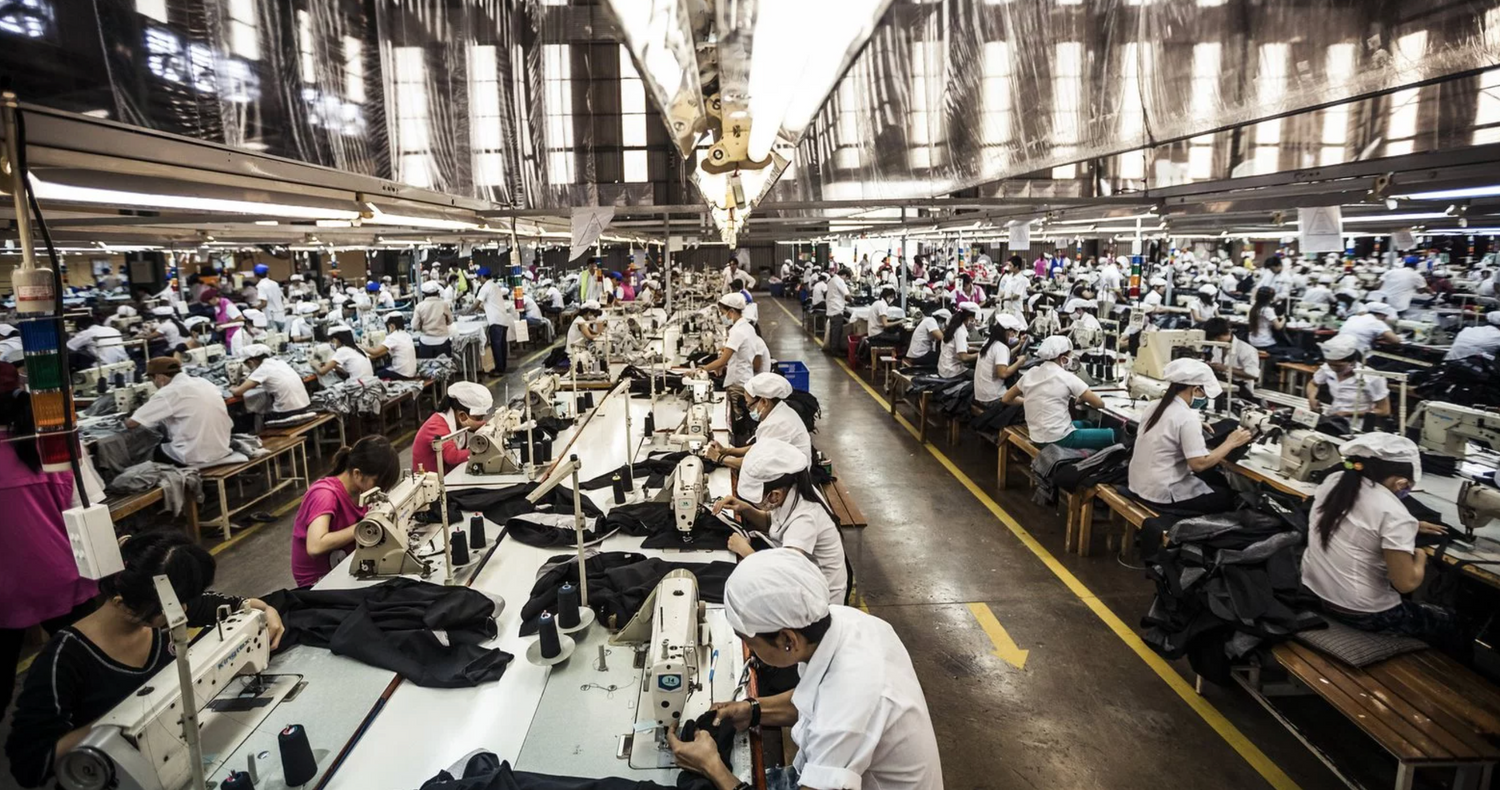
CARBON EMISSIONS
CARBON EMISSIONS
• Clothing manufacturing is responsible for over 10% of the worlds carbon emissions. Ranking clothing emissions higher than those from air travel.
• When factoring in the entire lifecycle of a garment, from manufacturing to transportation to, ultimately, ending up in landfill, in total, 1.2 billion tonnes of carbon emissions are released by the fashion industry every year.
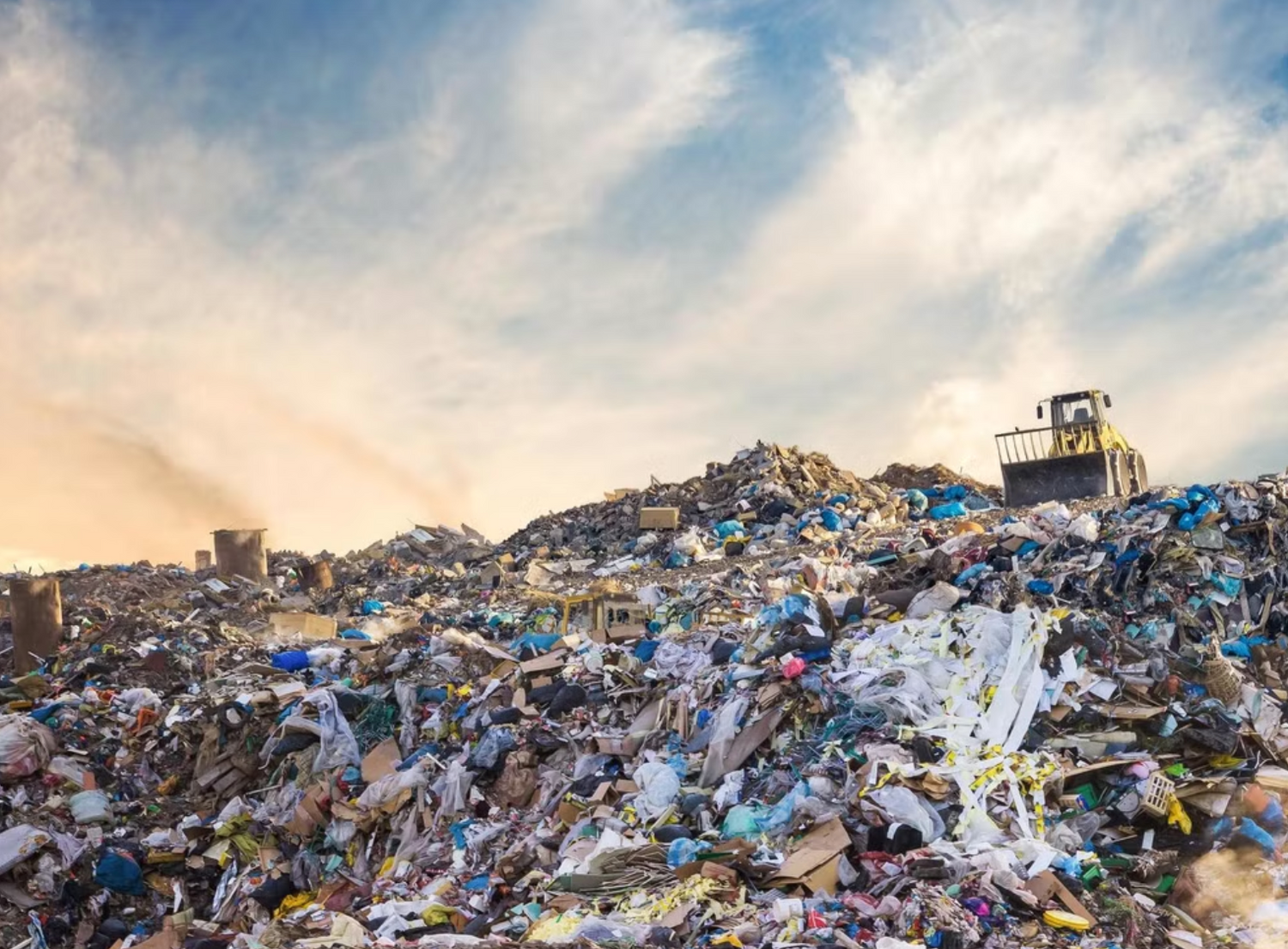
CARBON EMISSIONS
“Carbon emissions [from fashion] are at the heart of global warming, meaning every tonne of CO2 released into the atmosphere is making our planet increasingly unlivable.”
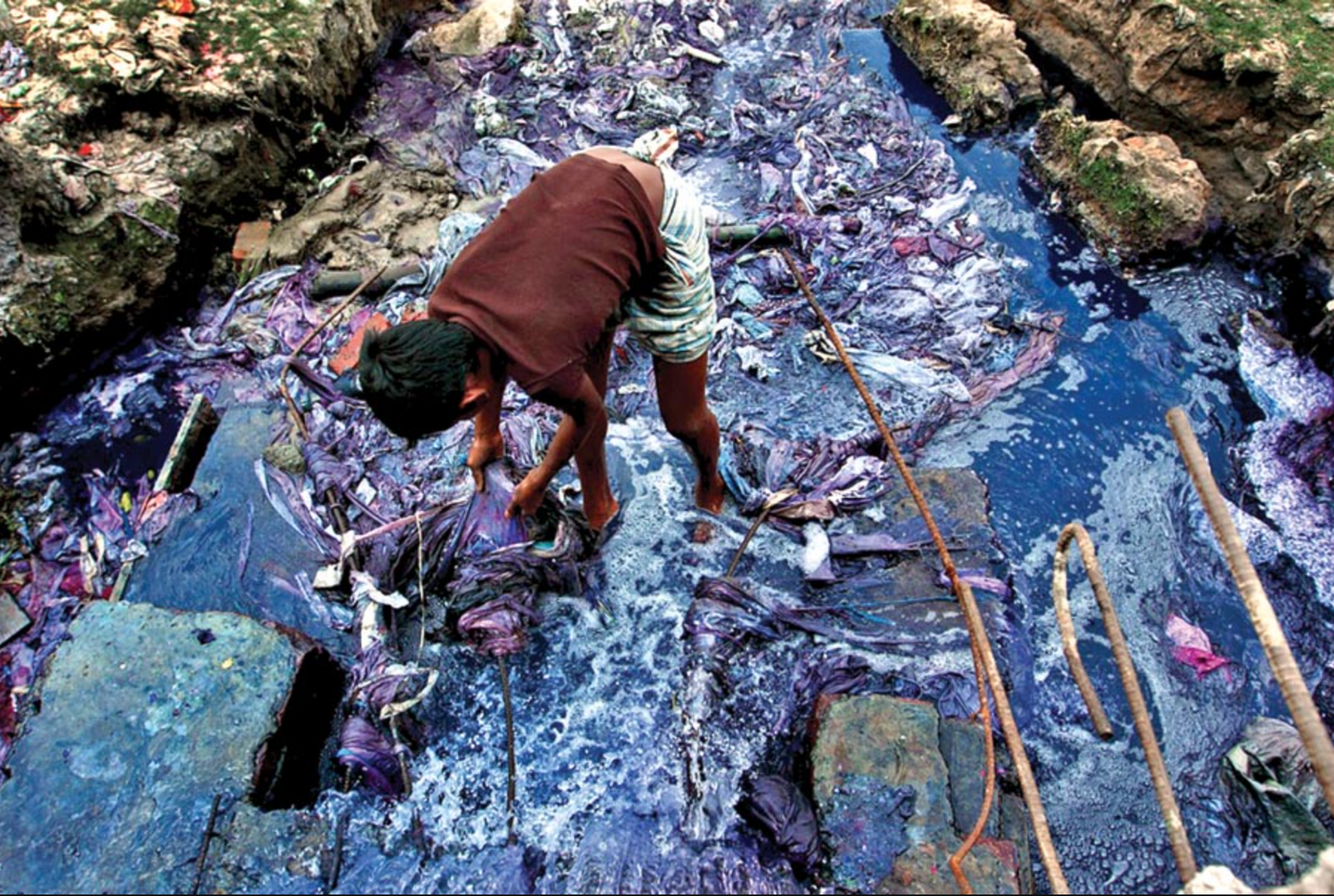
ENVIRONMENTAL IMPACT
WATER USAGE
“Fashion is among the top industries with the highest water consumption—around 79 billion cubic meters each year. A single shirt requires as much as 2,720 liters of water, and around 3,781 liters for a pair of jeans."
DID YOU KNOW?
According to the UN Environment Programme, 20% of global wastewater comes from textile dyeing. Because the bulk of the production is in countries with less regulation, the wastewater often finds its way to rivers and seas.
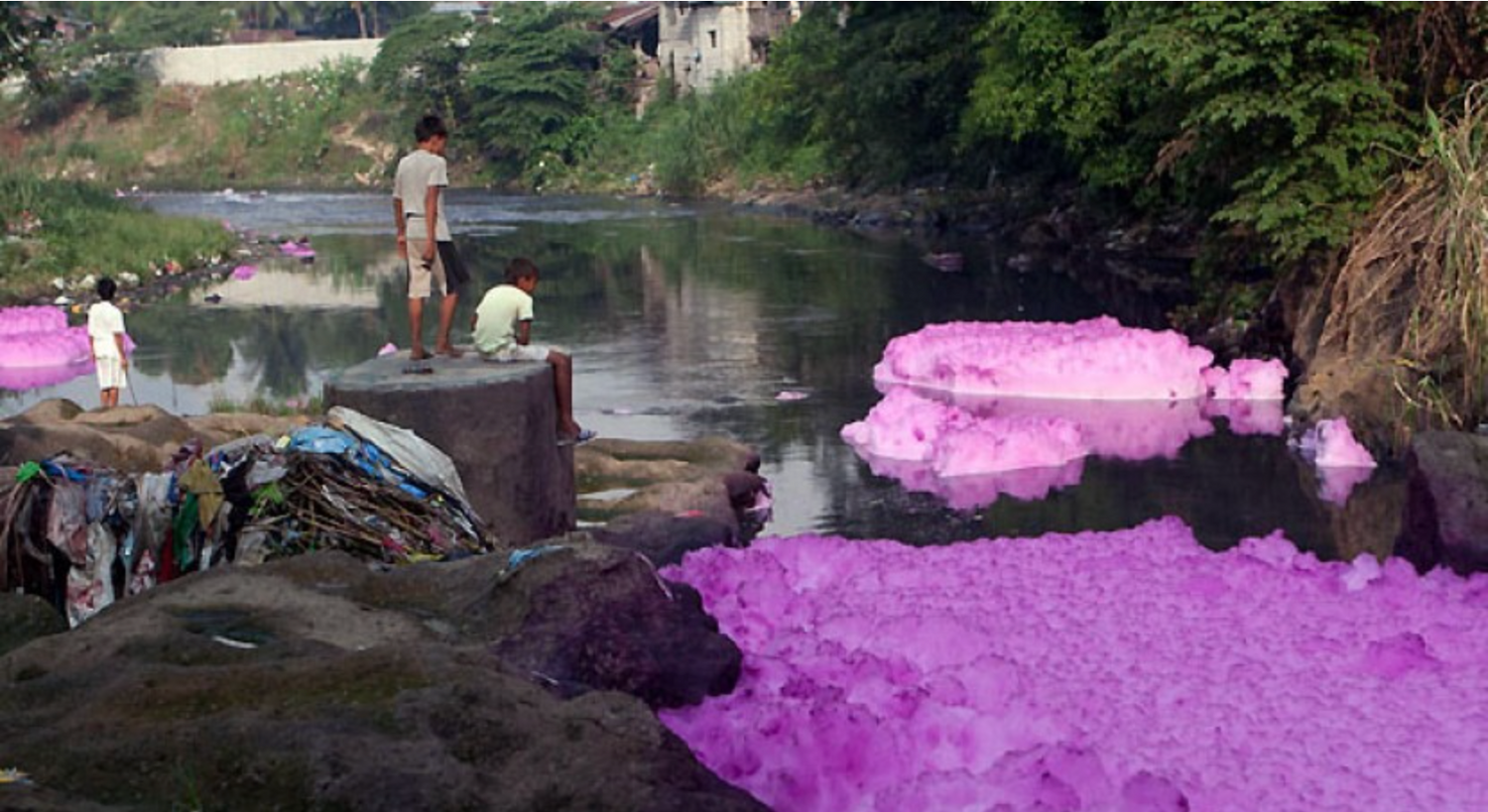
ENVIRONMENTAL IMPACT
WATER POLLUTION
“[Fast Fashion Retailers use] materials that are also known to contain high levels of hazardous chemicals, such as lead, perfluoroalkyl (PFA), and phthalates. They are hazardous to people’s health and cause severe damage when released into the environment.”
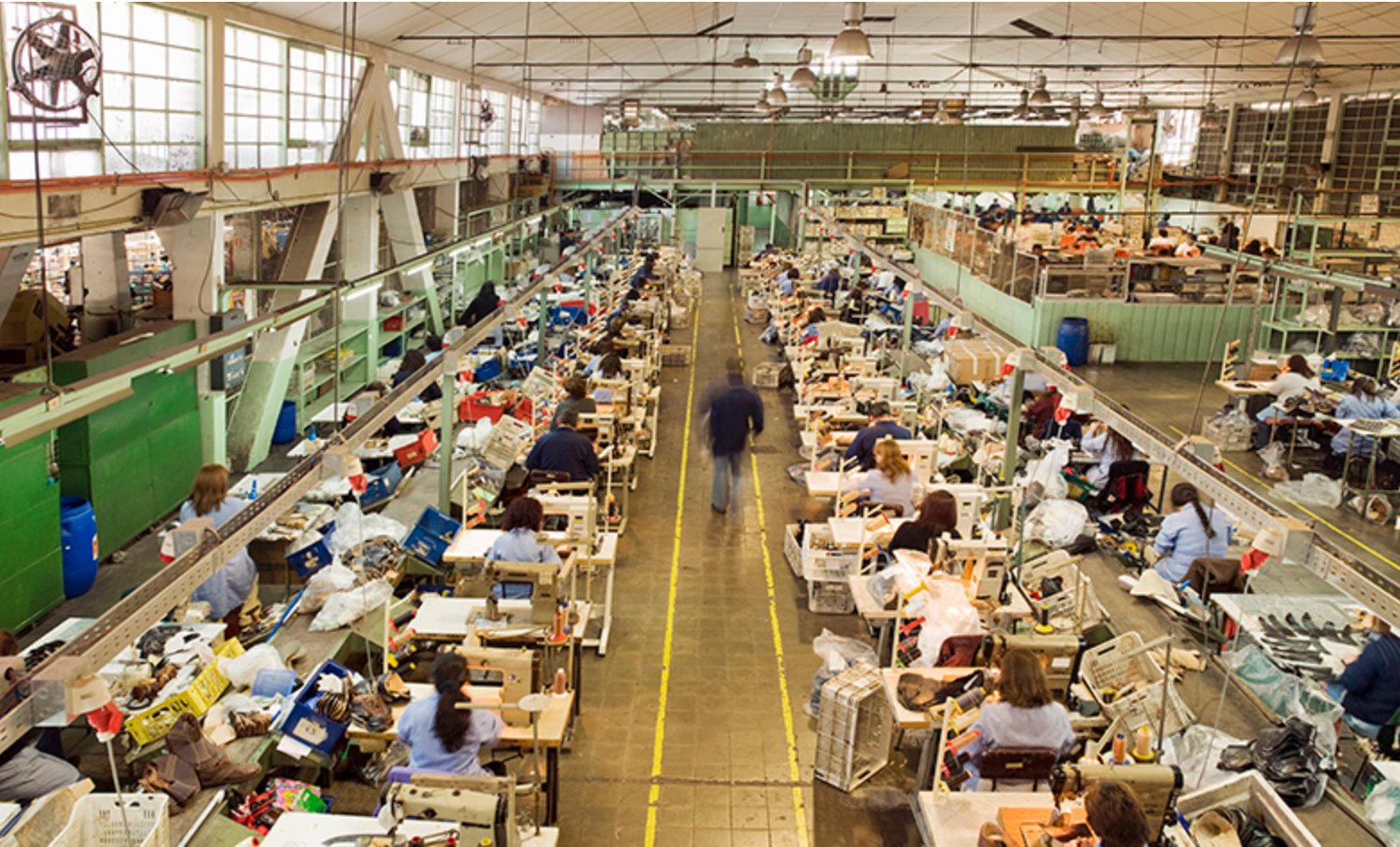
POWERING OVERCONSUMPTION
• Fast Fashion retailers trend cycle is extremely short.
• By the time a new order arrives at a customers door, Fast Fashion is already marketing microtrends through their social channels, pushing consumers onto the next short term fashion.
• This is powering the overconsumption of clothing, resulting in: increased environmental impacts & textile waste.
“Fashion retail sites add new styles at incredibly cheap prices, normalising overconsumption.”
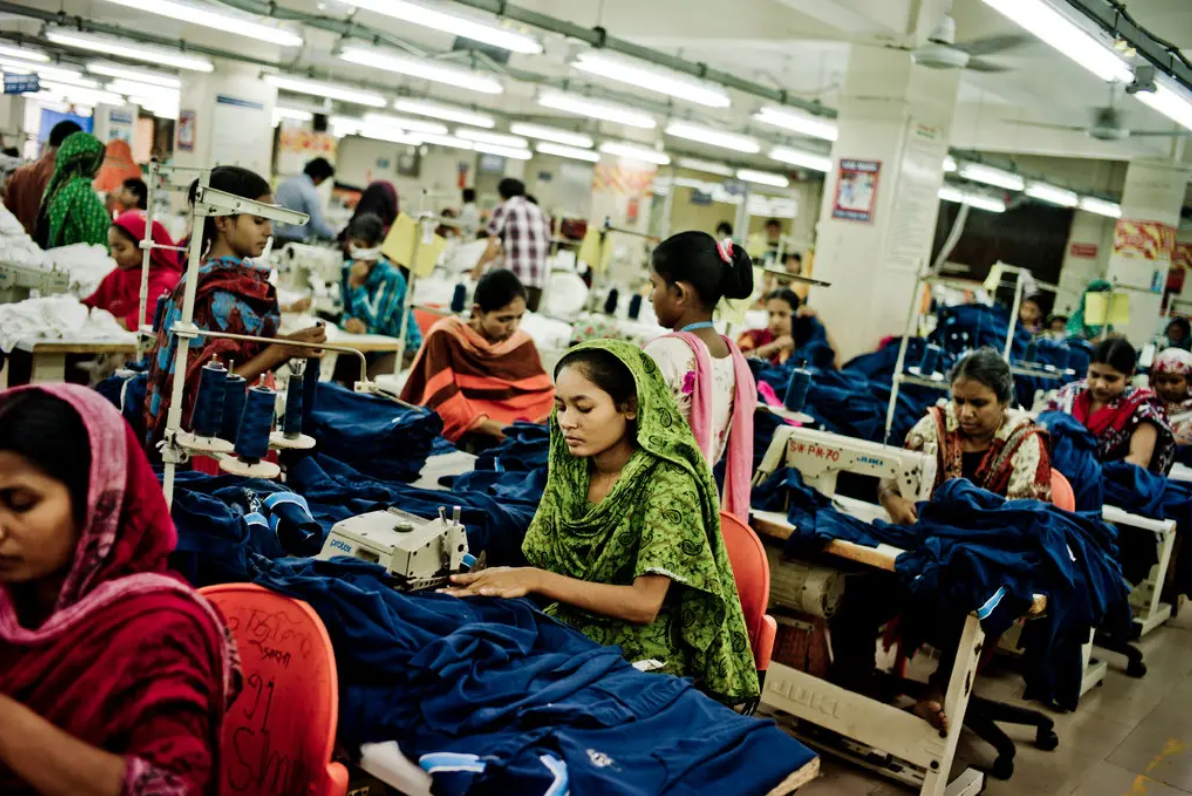
LABOUR
“The fast fashion industry has long been complicit in a system that pays workers below subsistence in order to maximise profits. This business model, which focuses on selling mountains of clothing at unsustainable costs, has yielded less and less profit to those who directly create them.
Working conditions are poor, unhygienic and unsafe since a large number of sweatshops are located in poor nations with weak labour laws and little government control; as a result, if workers attempt to challenge their rights or work conditions, they risk losing their jobs. Workers in the garment industry are required to put in 14 to 16 hours per day, seven days a week."
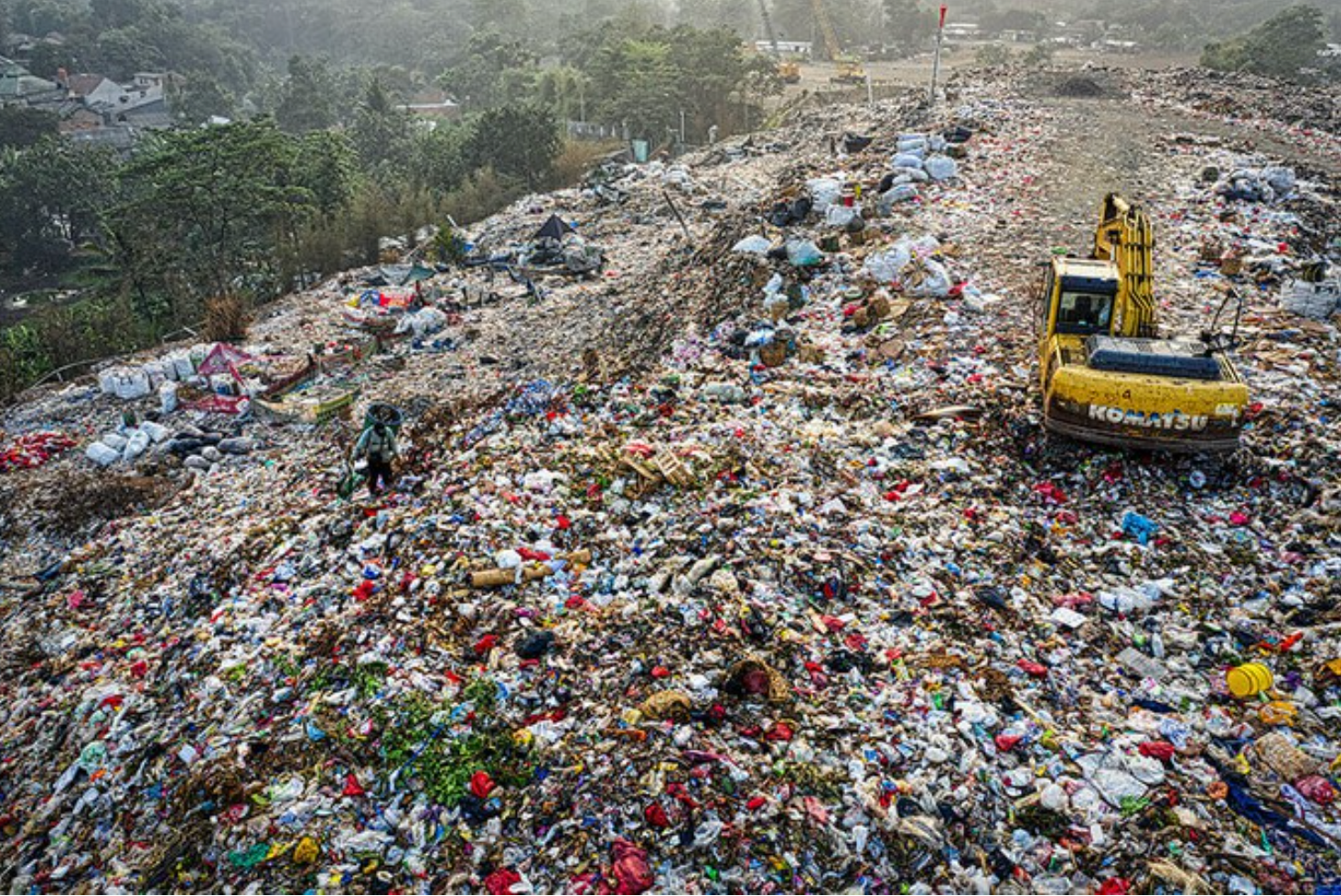
RETURNS
“Retailers churn out staggering numbers of dirt cheap, disposable fashion items. Because the clothes are so cheap, most returns probably end up in landfills, since it would cost more to put them back in circulation.”
WHAT CAN YOU DO?
Fashion Revolution produce an annual Fashion Transparency Index reviewing 150 of the world’s biggest fashion brands.
See it here
You can also use apps like GoodOnYou to search for specific brands that have been rated based on factors like how they treat their employees, the impact they have on the environment and animals, and more.
Fashion is a fundamental part of culture, and human identity.
To trivialise fashion through encouraging consumers to STOP buying clothing, limits the great ability of fashion to empower individuality.
However the impacts of fashion on the environment & global warming is being felt across the world.
It is in the power of the consumer to recognise bad actors, buy from alternative sustainable sources and participate in the circular economy.
It’s about who you buy from & what you buy.
Our 7 point SUSTAINABLE SHOPPER checklist:
1. Buy Vintage or Preloved
2. Rent Clothing
3. If buying new - buy from sustainable quality brands
4. Conscious Buying - understand the what & why of clothes you are buying
5. Longevity - choose clothing that can last
6. Participate in the circular economy - sell your old stuff on Ebay / Depop, recycle clothing with approved recyclers
7. DON'T SHOP FAST FASHION!
WHAT ARE WE DOING?
WE ARE SOON LAUNCHING PRELOVEDCLOTHING.COM
This will be a site where you can purchase affordable secondhand clothing.
All clothing will be priced competitively against fast fashion houses.
Utilising cutting edge system
automation, we will be processing unique single SKU items in high volume. This is to directly compete with fast fashion.
Thrifted.com will remain the home of the best in vintage clothing.
AFFORDABLE PLACES TO SHOP SUSTAINABLY IN THE UK
-

VINTED
-

EBAY
-
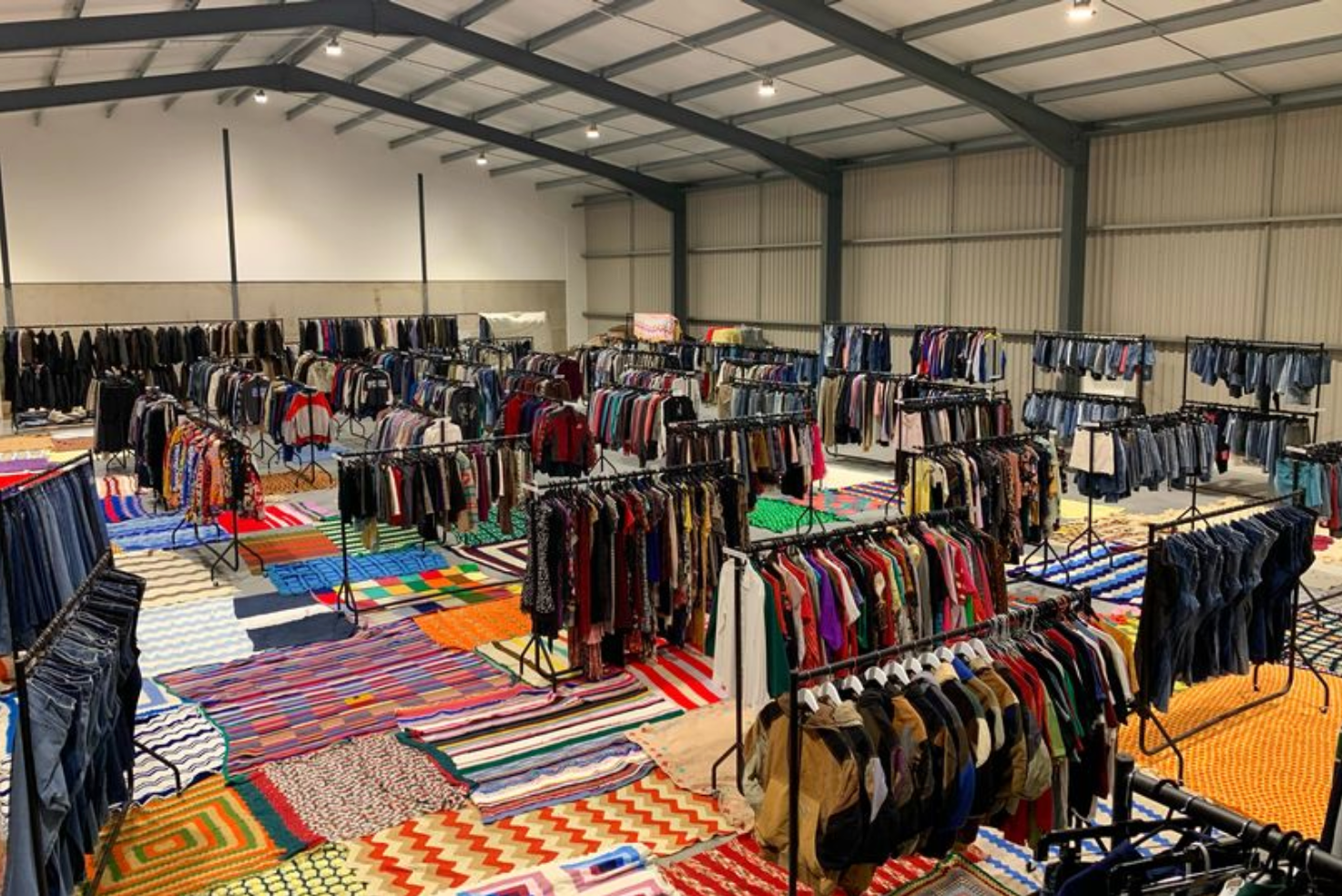
KILO SALES
